WATCH history being made: NASA crashes spacecraft against Asteroid Dimorphos
NASA reaches a historic milestone by crashing the DART spacecraft into the Dimorphos. Watch the video.

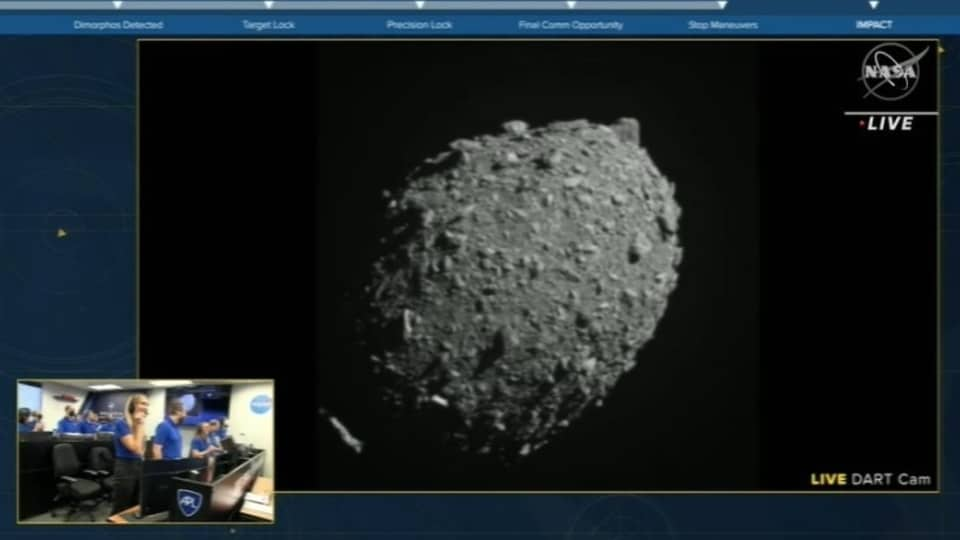
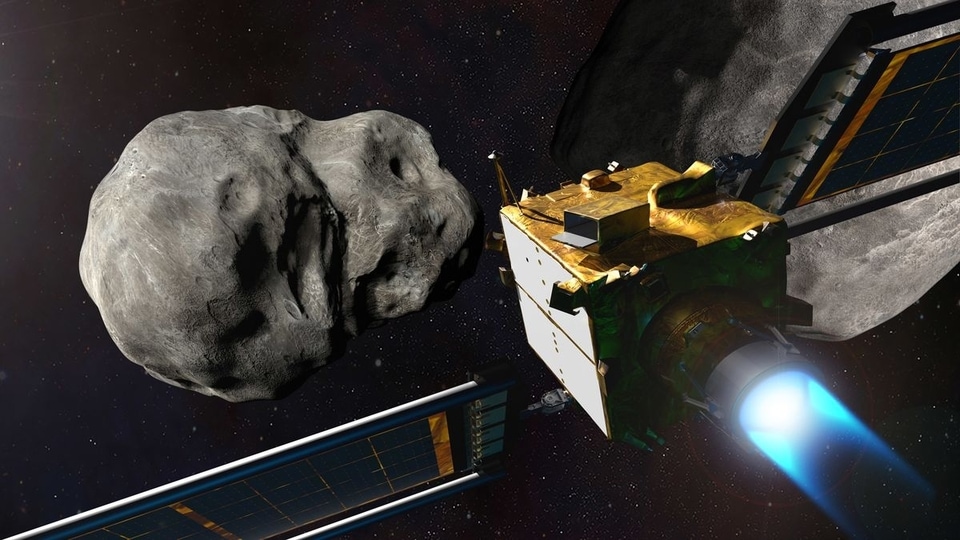
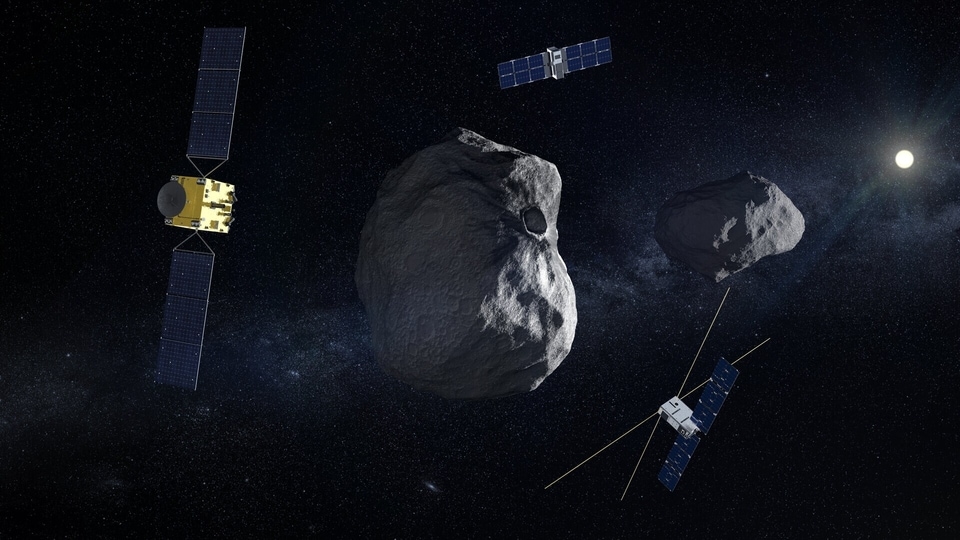
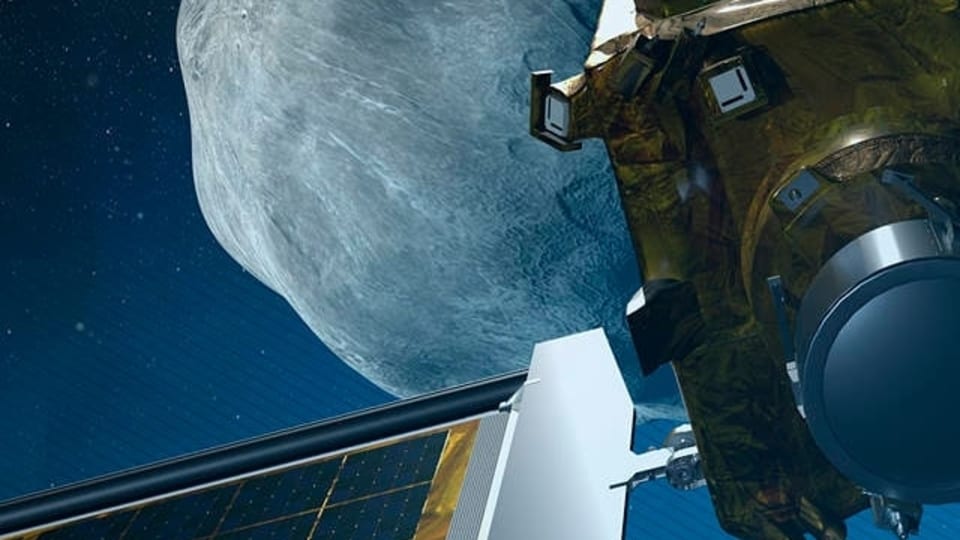
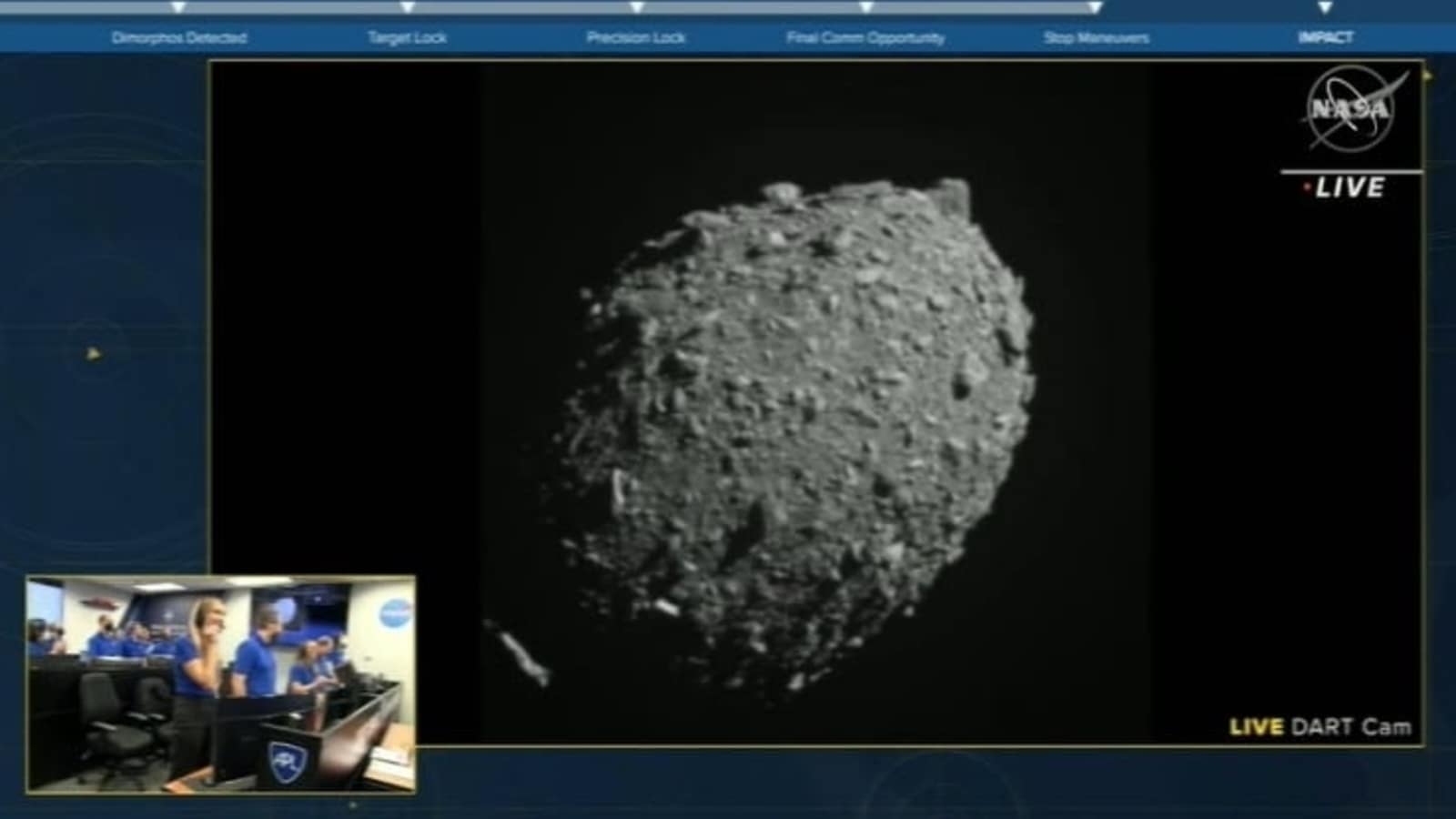
 View all Images
View all ImagesIn the early hours of September 27, NASA did something historic. The US space agency took a spacecraft packed with the latest tech, remotely operated it and took it 6.8 million miles away and then intentionally crashed it into an asteroid at the speed of 14400 miles per hour. The Double Asteroid redirection Test or the DART mission is one of the most ambitious projects of NASA because it does not directly serve the purpose of exploration of space but rather developing a defense mechanism to protect us from a planet killer asteroid strike. And today's mission was an important step in that direction. Read on to know the details and to watch the video capturing the historic moment.
Posting the monumental video to its Twitter handle, NASA said, “Did you catch the #DARTMission stream live or Didymos it? Impact is over, but the research continues”. During the event, a NASA official said, “This is the first time in history that humans have attempted to move a celestial body”. And this is just one of the reasons why the successful conclusion of this mission is essentially being considered to be a major step forward in technological progress of humanity.
NASA DART mission successfully concludes
During the last few seconds, as the spacecraft goes near the Dimorphos asteroid, the video highlights a clearer image of the space rock. The image which just highlighted a white blob in space for the majority of the livestream, suddenly came to life and began showing all the dirt and pebbles and the rough surface with edged rocks on the asteroid.
The image kept getting clearer as the asteroid moved closer till the video went out which meant that the spacecraft had collided with Asteroid Dimorphous. You can watch the video below.
Did you catch the #DARTMission stream live or Didymos it? Impact is over, but the research continues. As scientists delve into data and telescopes release images of the asteroid from their POV, follow @AsteroidWatch and @NASASolarSystem for updates. https://t.co/ZNEYDQVA8Y pic.twitter.com/dn2veS6zbG
— NASA (@NASA) September 27, 2022
Now, the real work begins for NASA. The next few days will be spent collating data from various sources and analyzing the impact of the crash. Then the team will have to observe the asteroid to see if a real-life change to its orbit did happen because of the crash. If not, then the test failed. NASA has set a standard to determine their success. If the orbital time of the asteroid is reduced by 73 seconds, the mission will be considered successful. And finally, in 2026, the European Space Agency (ESA) will send another tech marvel, a spacecraft called Hera, to study the long term consequences of the DART asteroid strike.
Catch all the Latest Tech News, Mobile News, Laptop News, Gaming news, Wearables News , How To News, also keep up with us on Whatsapp channel,Twitter, Facebook, Google News, and Instagram. For our latest videos, subscribe to our YouTube channel.





























